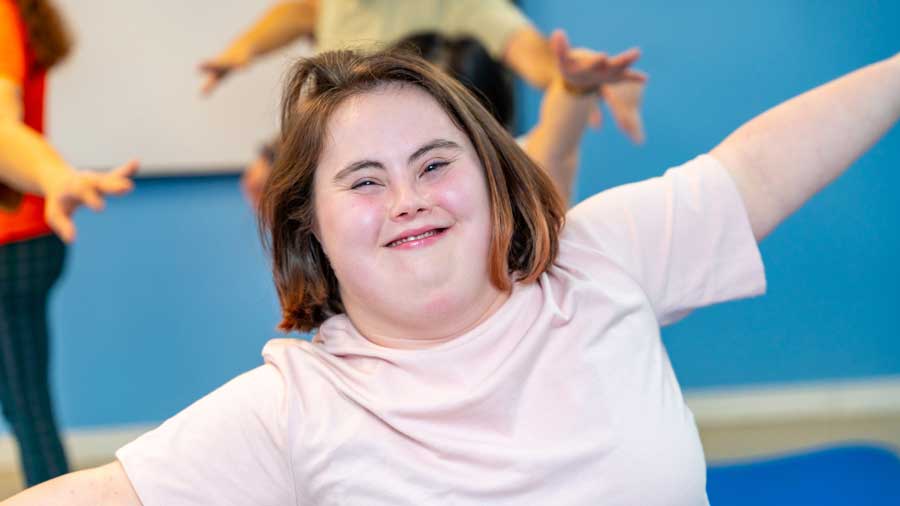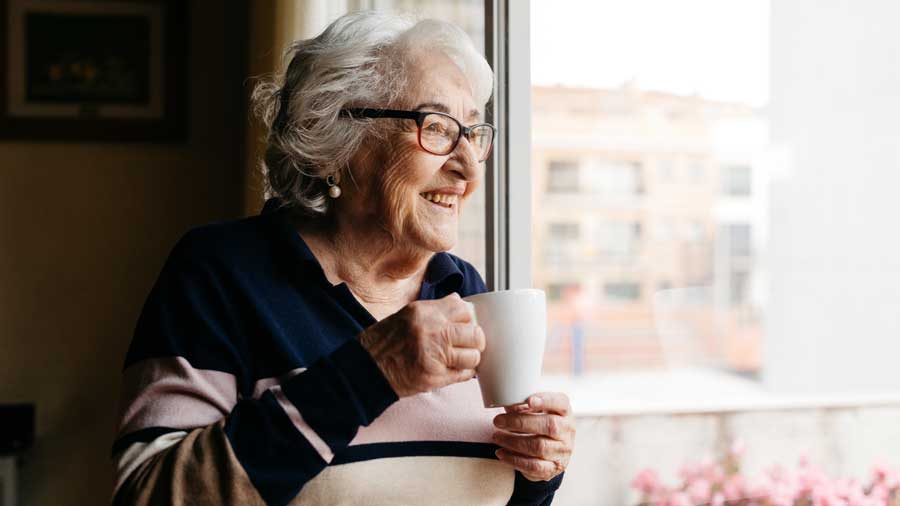Image: Istock
Housing for people with disabilities
A crisis within a crisis

HEALTH, CARE & SUPPORT

Michelle Thunder
CEO, St John of God Housing Association

Michell Thunder
CEO, St John of God Housing Association
Issue 74 | October 2024
At a national and macro level, good things have happened for disabled people in the past few years. The government has ratified the United Nations Charter on the Rights of People with a Disability, which includes their equal right as a citizen to social housing. The Disability Capacity Review identified and recorded clear gaps in the system and similarly, the Housing Commission Report made recommendations specifically for people with a disability.
But possibly the most important change for people with a disability is that the Department of Children, Equality, Disability, Integration and Youth (DCEDIY) is now responsible for this whole-life issue, encompassing education, employment, transport and housing, as well as health.
Unfortunately, these reports and initiatives, while well-intentioned, have not always led to better outcomes on the ground for people with disabilities.
The residential institutions that were supposed to be closed by 2018 remain open with more than 2,000 people living there. The number of emergency cases grows each year as elderly parents and primary carers of adults living at home die or become too ill to look after their needs. There are currently 1,965 adults whose primary carer is over 70 years of age.
It is clear that the delivery of housing for people with disabilities is falling even further behind those of general social housing needs. Without urgent action, the wave of disability emergency cases on the horizon could become a tsunami. It is a crisis within a crisis.
“It has been acknowledged that the Capital Assistance Scheme (CAS), the main delivery mechanism for housing people with disabilities, is not delivering the volume of housing required.”
A system problem
It has been acknowledged that the Capital Assistance Scheme (CAS), the main delivery mechanism for housing people with disabilities, is not delivering the volume of housing required. Added to this, Approved Housing Bodies (AHBs) that accommodate people needing support have recently had confirmation that they no longer have access to the Capital Advance Leasing Facility (CALF).
The level of funding given to the Health Service Executive (HSE) this year to support people in new homes is €50 million. This represents just 12.5% of the €400 million recommended in the Disability Capacity Review.
If the specialist AHBs continue to have no access to viable funding for housing development this small proportion will likely be spent on emergency placements with private operators and inappropriate nursing home places, for people as young as 40.
funding given to the Health Service Executive this year
level of funding recommended in the Disability Capacity Review
“People who have moved into their own homes experience positive outcomes and an improved quality of life.”
It’s not all bad news
The government has committed to the Implementation plan for the Housing Strategy for Disabled People 2022-2027.
To enable this, the national representative associations for people with disabilities and service providers have called for a review of CAS, and access to CALF while this review is undertaken. These recommendations were also included in the Report of the Housing Commission.
Without this change, each year there will be an even larger number of people who become homeless when their ageing parents die, and we will still have people living in institutions. Neither of which is acceptable.
People who have moved into their own homes experience positive outcomes and an improved quality of life.
A person with lived experience, who spoke recently at the National Implementation Steering Group for the National Housing Strategy for Disabled People, described her happiness and independence in her new apartment, with drop-in support from her keyworker. She spoke about how nice it is to be living close to her neighbours in the community and that it was great that it was not “all people with a disability put in together”.
Let’s take this opportunity to make sure this happens for everyone.


